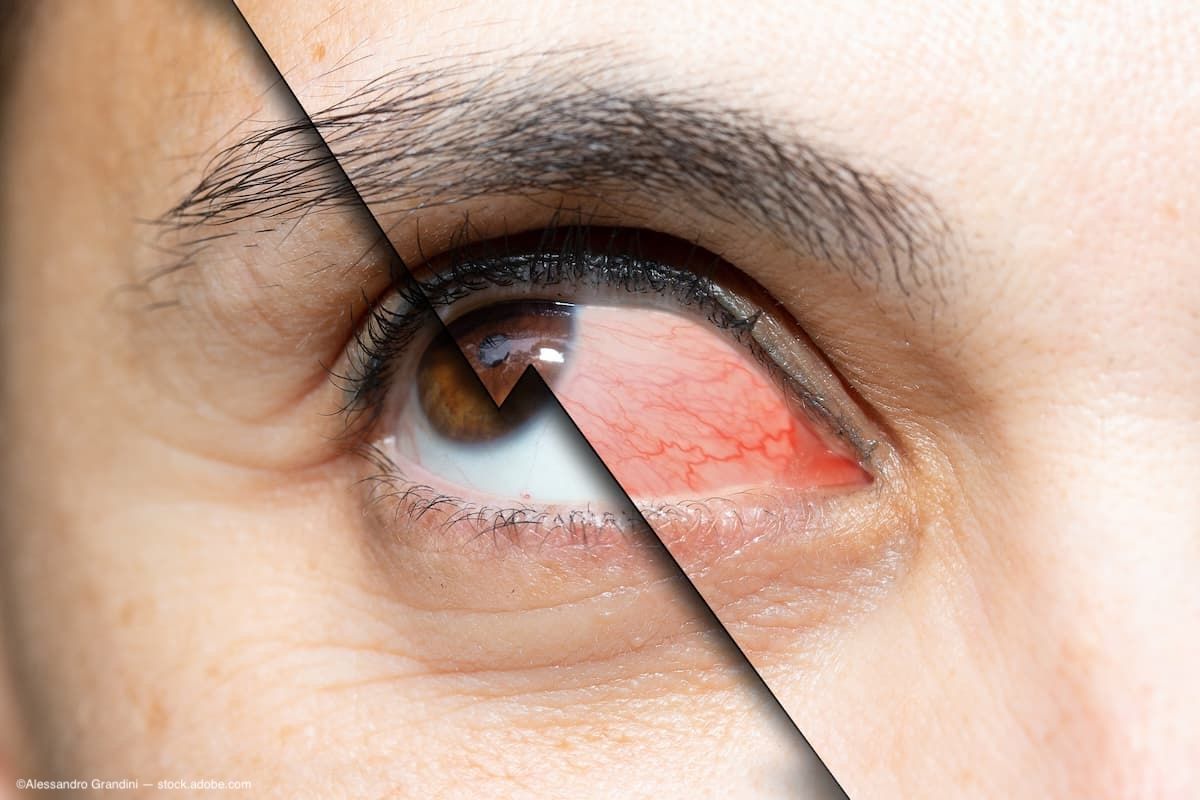Article
Symposium covers a range of 'innovations in ophthalmology'
A panel of leading physicians from Latin America and the United States presented clinical data and analyses of the latest technologies and science in ophthalmology during an "Innovations in Ophthalmology Symposium" Friday evening at the Pan-American Congress of Ophthalmology.
A panel of leading physicians from Latin America and the United States presented clinical data and analyses of the latest technologies and science in ophthalmology during an "Innovations in Ophthalmology Symposium" Friday evening at the Pan-American Congress of Ophthalmology.
Sponsored by Alcon Laboratories, Fort Worth, TX, United States, the symposium covered many ophthalmic areas, including cataract surgery, dry eye, ocular allergies, and glaucoma.
Jorge Villar-Kuri, MD, of Mexico, discussed ophthalmology's transition to torsional microcoaxial surgery. After a brief history of the evolution of phacoemulsification-from ultrasound to today's technology-Dr. Villar-Kuri described the various considerations and features of the OZil handpiece (Alcon) and the role it plays in torsional technology.
Dr. Villar-Kuri also outlined the advantages of torsional technology and the equipment requirements necessary to perform technology in microcoaxial surgery.
Jaime Zacharias, MD, of Chile, continued the discussion with the science and physics of torsional phacoemulsification and the role the OZil handpiece plays in controlling cavitation, turbulence, and repulsion during phacoemulsification. Dr. Zacharias defined the role these elements play in phaco and how they can be detrimental to the physician and patient during surgery.
Dr. Zacharias explained how torsional technology and the torsional handpiece can reduce the undesirable effects caused by cavitation, turbulence, and repulsion. He said his findings collaborate with what he has found to be true inside the clinical practice during surgery.
Enrique Suarez, MD, of Venezuela, presented his personal experience involving the apodized diffractive lens (AcrySof ReSTOR, Alcon). Dr. Suarez outlined and analyzed his clinical outcomes of 1,157 eyes with the lens implanted. Exactly, 763 eyes were cataract eyes and 394 eyes were refractive/presbyopic eyes. He presented postoperative results for both groups, including visual acuity data.
Dr. Suarez also reviewed the complications that occurred (14 patients experienced a capsule rupture and one patient experienced "sunset syndrome"). He also urged that physicians take the time to consult with patients before surgery to explain the potential side effects, most of which usually go away after 4 to 6 weeks.
Virgilio Centurion, MD, of Brazil, explained how to deal with astigmatism in cataract surgery by utilizing toric IOLs, most specifically the AcrySof Toric. Dr. Centurion explained the science and features of the lens. He said the lens is developed on the same platform of a basic IOL; however, it has three points in the root of the optic that are used as a guide to reduce astigmatism.
Dr. Centurion also demonstrated how to properly use the AcrySof Toric IOL calculator that is available online. He explained the various data that physicians need to capture and input to determine the proper degree of the lens to reduce astigmatism. He also showed how to estimate induced astigmatism. He concluded by showing a video on how to implant the lens and properly mark the incision site on the eye.
Benitez de Castillo, MD, of Spain, addressed a new paradigm in the treatment of dry eye. He initially presented the guidelines established by the International Dry Eye Workshop
The group, which consists of leading cornea and dry eye specialists, addressed the way physicians should treat dry eye.
According to Dr. Castillo, artificial tears are the first line of treatment for dry eye. He highlighted various artificial tear products on the market and explained the mechanism of action in a particular tear product (Systane, Alcon). He also presented the benefits of the product and compared it clinically with other brands.
Eduardo Alfonso, MD, of the United States, looked at the treatment goals and therapy evaluation in treating patients with ocular allergies. He explained how patients are affected by ocular allergies.
Dr. Alfonso also presented the most common types of ocular allergies and their symptoms, including allergic conjunctivitis, topic keratoconjunctivits, vernal keratoconjunctivits, and giant papillary conjunctivitis.
Dr. Alfonso said there is a new horizon in ocular allergy treatment-olopatadine hydrochloride ophthalmic solution 0.1% (Patanol, Alcon) and olopatadine hydrochloride 0.2% (Pataday, Alcon). He presented clinical studies comparing the products with other ocular allergy drugs, including a patient satisfaction study that showed a vast majority of patients were satisfied with their treatment outcomes using olopatadine hydrochloride ophthalmic solution 0.1%.
Francis Mah, MD, of the United States, offered ways for physicians to optimize surgical outcomes with the latest antibiotics. With endophthalmitis rates increasing over the past 10 years, Dr. Mah said there are many options available for physicians. However, when one narrows the antibiotic options, only fluoroquinolones are useful for cataract surgery-and the fourth-generation fluoroquinolones are the most efficient antibiotic.
Dr. Mah outlined how antibiotics and fluoroquinolones in particular can affect post-cataract surgery results. He also presented several studies comparing moxifloxacin (Vigamox, Alcon) and gatifloxacin (Zymar, Alcon). He also presented fluoroquinolone kill curves that showed moxifloxacin kills faster than gatifloxacin.
Juan Sampaolesi, MD, of Argentina, discussed new medical therapies for glaucoma. He presented preliminary clinical data comparing the efficacy of travoprost-timolol (DuoTrav, Alcon) plus brinzolamide (Azopt, Alcon) with latanoprost (Xalatan, Pfizer) plus dorzolamide-timolol maleate (Cosopt, Merck) in 99 patients. Dr. Sampaolesi said that although the data are preliminary, he believed that travoprost-timolol plus brinzolamide showed to be promising in treating patients with glaucoma.
Newsletter
Don’t miss out—get Ophthalmology Times updates on the latest clinical advancements and expert interviews, straight to your inbox.




